Home>Furniture & Design>Living Room Furniture>Why Won’t My Recliner Close
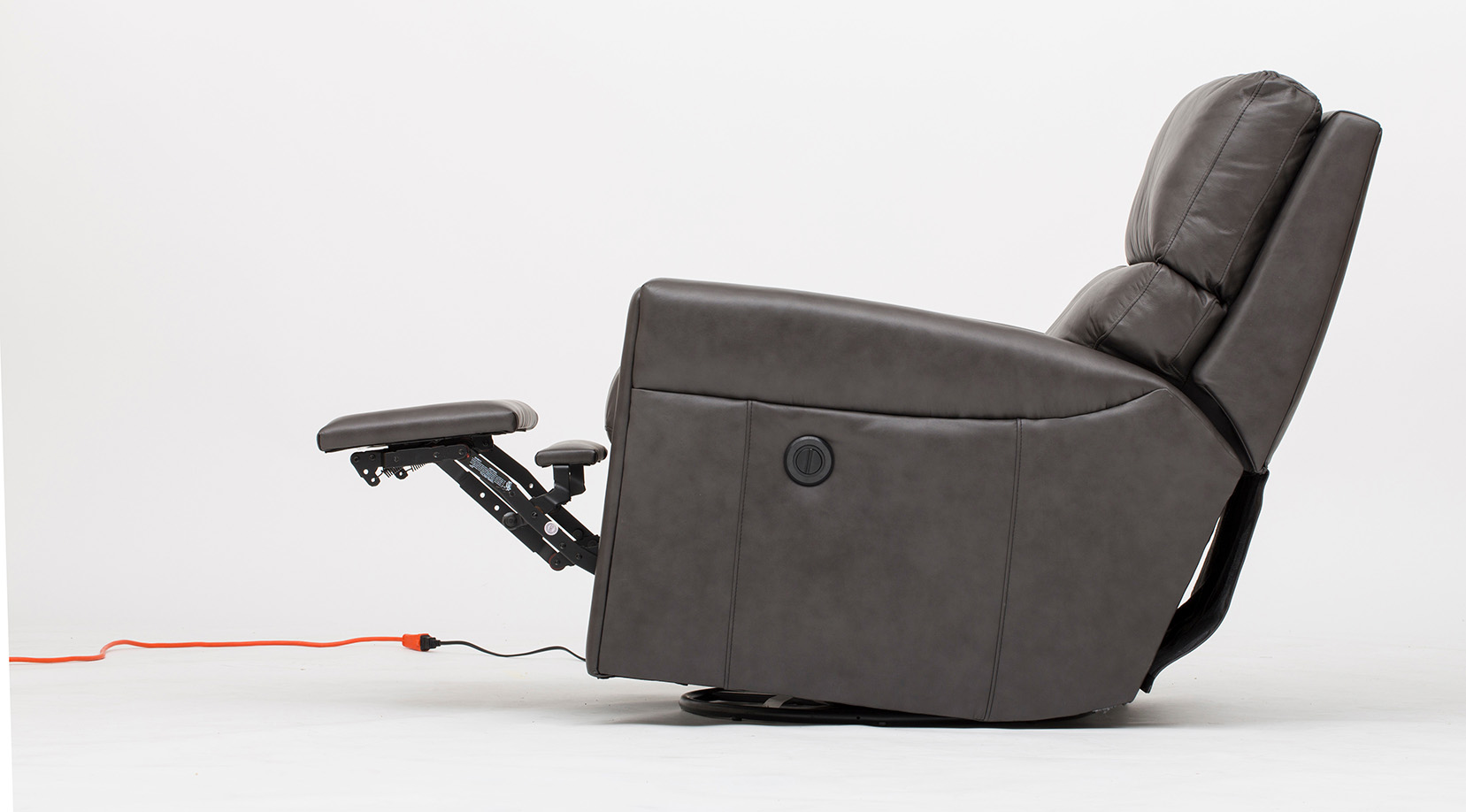

Living Room Furniture
Why Won’t My Recliner Close
Modified: March 24, 2024
Discover the reasons why your recliner won't close and find solutions to fix it. Explore our living room furniture and design tips for a comfortable space.
(Many of the links in this article redirect to a specific reviewed product. Your purchase of these products through affiliate links helps to generate commission for Storables.com, at no extra cost. Learn more)
Introduction
A recliner is a beloved piece of furniture that offers unparalleled comfort and relaxation. Whether you enjoy kicking back after a long day at work or unwinding with a good book on the weekends, a recliner is often the go-to spot in any living room. However, encountering issues with your recliner, such as it refusing to close, can be frustrating and disrupt the tranquility of your leisure time.
When your recliner won't close, it's essential to troubleshoot the problem to identify the underlying cause. By understanding the potential reasons for this issue, you can take the necessary steps to resolve it and restore your recliner to its fully functional state. In this comprehensive guide, we'll delve into the various factors that could lead to a recliner failing to close, providing you with valuable insights to address the issue effectively.
Whether you're a seasoned recliner owner or have recently acquired this luxurious piece of furniture, knowing how to troubleshoot common problems is invaluable. From checking the power source to examining the reclining mechanism and inspecting the wiring, we'll explore each aspect in detail, equipping you with the knowledge to tackle the issue head-on. So, if you've ever found yourself asking, "Why won't my recliner close?" this guide is tailored to provide you with the answers you need to restore functionality to your beloved recliner.
Let's embark on this troubleshooting journey together, unraveling the mysteries behind a recliner's refusal to close and empowering you to overcome this obstacle with confidence. So, grab a seat, get comfortable, and let's dive into the steps to troubleshoot and resolve the issue of a recliner that won't close.
Key Takeaways:
- Troubleshoot your recliner by checking the power source, inspecting the reclining mechanism, and looking for obstructions to restore its functionality and enjoy uninterrupted relaxation.
- Ensure your recliner’s smooth operation by examining the remote control or switch and inspecting the wiring, addressing any issues to keep your beloved furniture in prime condition.
Read more: Why Wont My Washer Turn On
Check the Power Source
The first step in troubleshooting a recliner that won't close is to check the power source. Many modern recliners are equipped with electrical components that facilitate the reclining and closing mechanisms. Therefore, ensuring that the power source is functioning optimally is crucial in addressing any issues related to the recliner's operation.
Begin by verifying that the recliner is securely plugged into a functional power outlet. Sometimes, the power cord may become loose or disconnected, leading to a loss of power and hindering the recliner's ability to close. Gently inspect the power cord for any signs of damage, such as fraying or exposed wires, which could impede the flow of electricity to the recliner.
If the power cord appears to be in good condition and properly connected, proceed to check the power outlet itself. Plug in another electronic device to confirm whether the outlet is supplying power. If the alternate device functions normally when plugged into the outlet, the power source can be ruled out as the cause of the recliner's malfunction.
In the event that the power outlet is operational, but the recliner still refuses to close, consider testing the recliner in a different power outlet. This simple yet effective step can help determine whether the issue lies with the original power source or if there are underlying electrical issues within the recliner itself.
Additionally, if your recliner is equipped with a battery pack or requires batteries for operation, ensure that the batteries are fully charged or replaced as needed. Low or depleted battery levels can impact the recliner's functionality, causing it to be unable to close properly.
By meticulously examining and addressing the power source, you can eliminate potential electrical-related issues that may be preventing your recliner from closing. Once you have thoroughly assessed the power supply and ruled out any related issues, you can confidently move on to the next steps in troubleshooting your recliner's non-closure predicament.
Remember, a thorough inspection of the power source is a fundamental starting point in resolving the issue of a recliner that won't close, setting the stage for a systematic and effective troubleshooting process.
Inspect the Reclining Mechanism
When encountering a recliner that refuses to close, a critical aspect to scrutinize is the reclining mechanism. This intricate system is responsible for facilitating the recliner's movement, allowing it to transition between various positions, including reclining and closing. By thoroughly inspecting the reclining mechanism, you can pinpoint potential issues that may be impeding the recliner's ability to close and take the necessary steps to address them.
Begin the inspection by visually examining the reclining mechanism, focusing on the areas where the recliner's moving parts and components are located. Look for any visible signs of damage, such as broken levers, worn-out gears, or misaligned components. These issues can significantly impact the functionality of the reclining mechanism, leading to difficulties in closing the recliner smoothly.
Next, carefully test the reclining mechanism by attempting to manually adjust the recliner into the closed position. Pay close attention to any resistance, unusual sounds, or irregular movements during this process. These observations can provide valuable insights into the specific challenges the reclining mechanism may be facing, guiding you towards a more accurate diagnosis of the issue.
If the recliner features a motorized reclining mechanism, inspect the motor and its associated components. Check for any signs of motor failure, such as overheating, unusual noises, or a lack of responsiveness when initiating the closing function. Additionally, ensure that the motor's connections and wiring are secure and free from damage, as loose connections or faulty wiring can disrupt the proper operation of the reclining mechanism.
In some cases, the reclining mechanism may be obstructed by foreign objects or debris, hindering its ability to close smoothly. Take the time to thoroughly inspect the area around and beneath the recliner, removing any potential obstructions that may be impeding the movement of the reclining mechanism. This simple yet often overlooked step can alleviate the issue and restore the recliner's functionality.
By meticulously inspecting the reclining mechanism and addressing any identified issues, you can effectively troubleshoot the problem of a recliner that won't close. This proactive approach empowers you to understand the intricacies of the recliner's operation and take targeted measures to rectify any underlying issues within the reclining mechanism.
Remember, a comprehensive inspection of the reclining mechanism is pivotal in unraveling the mystery behind a non-closing recliner, paving the way for a successful resolution of the issue.
Look for Obstructions
When troubleshooting a recliner that refuses to close, it is crucial to meticulously examine the surrounding area for any potential obstructions that may impede the smooth operation of the reclining mechanism. Obstructions can manifest in various forms, ranging from small objects lodged in the recliner's moving parts to debris accumulated beneath the recliner. Identifying and addressing these obstructions is essential in restoring the recliner's functionality and ensuring seamless operation.
Begin the inspection by carefully examining the area around and beneath the recliner. Look for loose items, such as toys, magazines, or misplaced household items that may have inadvertently found their way into the vicinity of the recliner. These seemingly innocuous items can pose significant obstacles to the reclining mechanism, hindering its ability to close properly.
In addition to visible objects, pay close attention to the presence of dust, pet hair, or debris that may have accumulated beneath the recliner over time. These accumulations can interfere with the smooth movement of the reclining mechanism, causing it to encounter resistance when attempting to close. Utilize a flashlight to illuminate the area beneath the recliner, enabling you to identify and remove any accumulated debris effectively.
Furthermore, inspect the crevices and gaps within the recliner's structure, as small objects or foreign matter may have become lodged in these areas, impeding the reclining mechanism's operation. Carefully maneuver the recliner to access its underside, allowing for a comprehensive assessment of potential obstructions that may be affecting its functionality.
Once potential obstructions have been identified, proceed to remove them methodically, taking care to clear the area around and beneath the recliner of any impediments. Utilize appropriate tools, such as a handheld vacuum or a soft-bristled brush, to dislodge and extract debris from the recliner's mechanisms without causing damage to its components.
By diligently looking for obstructions and addressing any identified impediments, you can effectively eliminate potential barriers to the recliner's smooth operation. This proactive approach not only resolves the immediate issue of the recliner's non-closure but also contributes to the overall maintenance and care of the recliner, ensuring its long-term functionality and performance.
Remember, a thorough inspection for obstructions is a pivotal step in troubleshooting a recliner that won't close, enabling you to identify and resolve potential impediments that may be affecting its operation.
Check for any obstructions in the recliner’s mechanism, such as loose screws or debris. Lubricate moving parts with a silicone spray to help it close smoothly. If the issue persists, contact the manufacturer for further assistance.
Check the Remote Control or Switch
When encountering a recliner that refuses to close, it's essential to direct your attention to the remote control or switch that governs its operation. In many modern recliners, the convenience of motorized functionality is facilitated through a remote control or a built-in switch, allowing users to effortlessly adjust the recliner's position. However, issues related to the remote control or switch can impede the recliner's ability to close smoothly, necessitating a thorough examination of these components.
Begin by inspecting the remote control or switch for any visible signs of damage or wear. Check the buttons or control panel for responsiveness, ensuring that they function as intended when initiating the recliner's closing sequence. If the remote control operates on batteries, verify that the batteries are in good condition and have ample power to facilitate the communication between the remote and the recliner.
In the case of a built-in switch, carefully examine its physical condition, ensuring that it is free from damage and securely connected to the recliner's electrical system. Loose or damaged switches can disrupt the communication between the control mechanism and the recliner, leading to operational issues such as the inability to close.
Next, consider the possibility of signal interference that may affect the remote control's communication with the recliner. Electronic devices or appliances in close proximity to the recliner can emit signals that interfere with the remote control's functionality. To address this, relocate the recliner to a different area and test the remote control to determine if signal interference is a contributing factor to the non-closure issue.
If the remote control or switch appears to be functioning correctly, it is advisable to reset the control mechanism to recalibrate its communication with the recliner. This can be achieved by following the manufacturer's instructions for resetting the remote control or switch, which may involve simple steps such as removing and reinserting the batteries or power source, or performing a specific sequence of button presses to reset the control mechanism.
By meticulously examining the remote control or switch and addressing any identified issues, you can effectively troubleshoot the problem of a recliner that won't close. This proactive approach empowers you to understand the intricacies of the control mechanism and take targeted measures to rectify any underlying issues, ultimately restoring the recliner to its optimal functionality.
Remember, a comprehensive inspection of the remote control or switch is pivotal in unraveling the mystery behind a non-closing recliner, paving the way for a successful resolution of the issue.
Read more: Why Wont My Toilet Unclog
Examine the Wiring
When troubleshooting a recliner that refuses to close, a critical aspect to scrutinize is the wiring that facilitates its electrical components. The wiring within the recliner serves as the intricate network through which electrical signals and power are transmitted, playing a pivotal role in the operation of motorized reclining mechanisms and control systems. By meticulously examining the wiring, you can identify potential issues that may be impeding the recliner's ability to close and take the necessary steps to address them.
Begin the examination by visually inspecting the wiring connections within the recliner. Trace the path of the wiring from the power source to the various components of the recliner, paying close attention to any signs of fraying, damage, or loose connections. Over time, the wiring may become susceptible to wear and tear, leading to compromised electrical conductivity and disruptions in the recliner's functionality.
Next, focus on the wiring associated with the motorized components of the recliner, such as the reclining mechanism and control systems. Ensure that the wiring harnesses and connections are securely fastened and free from any signs of wear or deterioration. Loose or damaged wiring can impede the transmission of electrical signals, resulting in erratic operation or the inability to close the recliner smoothly.
In the case of motorized recliners, the wiring that interfaces with the motor and control systems is of particular importance. Carefully examine the motor's wiring connections, checking for any indications of damage, corrosion, or loose terminals. Additionally, inspect the wiring that interfaces with the control systems, such as remote control receivers or built-in switches, to verify the integrity of the electrical connections.
Furthermore, consider the possibility of hidden wiring issues that may be concealed within the recliner's structure. In some instances, wiring may become pinched, damaged, or compromised in areas that are not readily visible during a cursory inspection. Gently maneuver the recliner to access its internal components, allowing for a comprehensive assessment of the wiring's condition and integrity.
If any issues with the wiring are identified during the examination, it is imperative to address them promptly to restore the recliner's functionality. This may involve repairing or replacing damaged wiring, securing loose connections, or seeking professional assistance to rectify complex wiring-related issues.
By meticulously examining the wiring and addressing any identified issues, you can effectively troubleshoot the problem of a recliner that won't close. This proactive approach empowers you to understand the intricacies of the recliner's electrical systems and take targeted measures to rectify any underlying wiring issues, ultimately restoring the recliner to its optimal functionality.
Remember, a comprehensive inspection of the wiring is pivotal in unraveling the mystery behind a non-closing recliner, paving the way for a successful resolution of the issue.
Conclusion
In conclusion, troubleshooting a recliner that refuses to close encompasses a systematic and thorough examination of various critical components, including the power source, reclining mechanism, potential obstructions, remote control or switch, and wiring. By embarking on this troubleshooting journey, you have gained valuable insights into the intricacies of a recliner's operation and the potential factors that can contribute to its non-closure.
The initial step of checking the power source allowed you to eliminate potential electrical-related issues that may hinder the recliner's functionality. Whether it involved verifying the power cord's connection, testing different power outlets, or ensuring the battery pack's optimal performance, this foundational step set the stage for a comprehensive troubleshooting process.
Inspecting the reclining mechanism provided you with a deeper understanding of the intricate components that facilitate the recliner's movement. By visually examining the mechanism, testing for resistance, and addressing potential obstructions, you gained valuable insights into the mechanical aspects of the recliner and took targeted measures to restore its functionality.
The meticulous examination for obstructions underscored the importance of maintaining a clear and debris-free environment around and beneath the recliner. By identifying and removing potential obstructions, you not only addressed the immediate issue of non-closure but also contributed to the overall maintenance and care of the recliner, ensuring its long-term performance.
Directing attention to the remote control or switch allowed you to explore the role of the control mechanism in governing the recliner's operation. Whether it involved inspecting for damage, addressing signal interference, or performing a reset, this step provided a comprehensive assessment of the control components and their impact on the recliner's functionality.
Finally, examining the wiring within the recliner shed light on the critical role of electrical connections in facilitating its operation. By meticulously inspecting the wiring, identifying potential issues, and taking proactive measures to address wiring-related issues, you gained a holistic understanding of the electrical systems within the recliner.
In essence, the troubleshooting process outlined in this guide equips you with the knowledge and practical steps to address the issue of a recliner that won't close. By systematically examining each component and addressing potential issues, you have taken proactive measures to restore the functionality of your recliner, ensuring that it continues to provide the comfort and relaxation you deserve.
Remember, the insights gained from this troubleshooting journey can also serve as a foundation for ongoing maintenance and care of your recliner, contributing to its longevity and optimal performance. As you navigate the world of recliner ownership, the ability to troubleshoot and address common issues empowers you to enjoy the full benefits of this beloved piece of furniture.
So, as you settle back into the comfort of your recliner, you can do so with the confidence of knowing that you have the knowledge and skills to overcome challenges and keep your recliner in prime condition. Here's to many more moments of relaxation and tranquility in the company of your fully functional and rejuvenated recliner.
Frequently Asked Questions about Why Won't My Recliner Close
Was this page helpful?
At Storables.com, we guarantee accurate and reliable information. Our content, validated by Expert Board Contributors, is crafted following stringent Editorial Policies. We're committed to providing you with well-researched, expert-backed insights for all your informational needs.
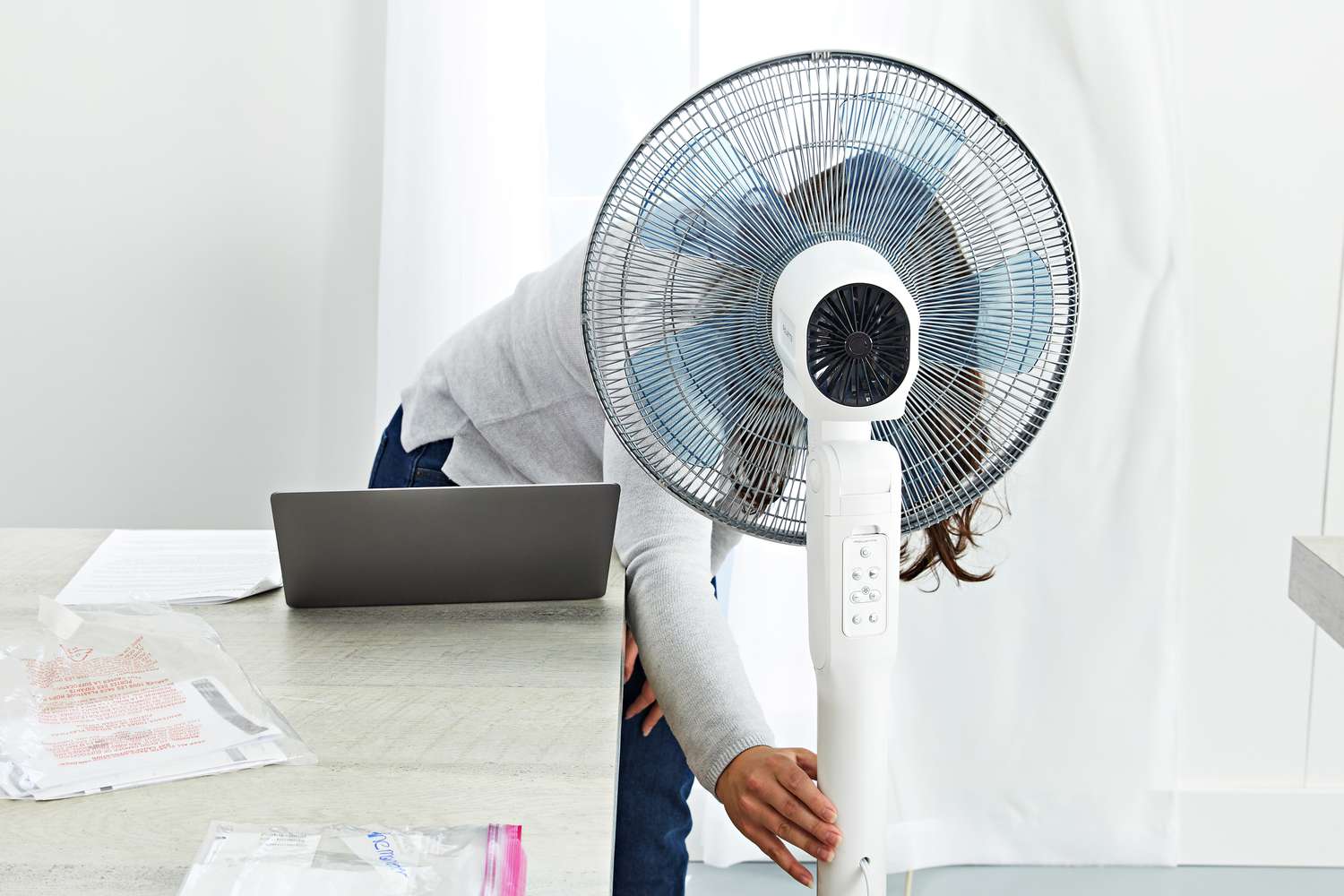
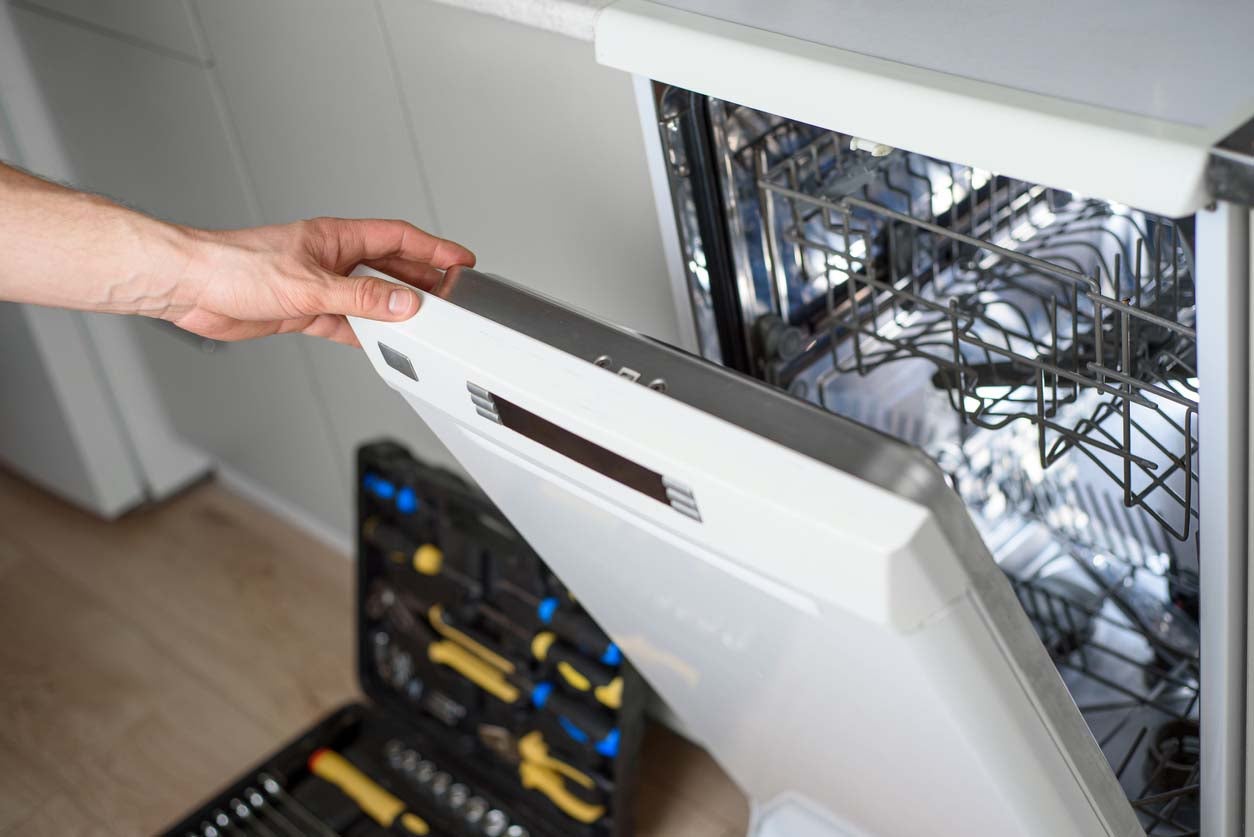
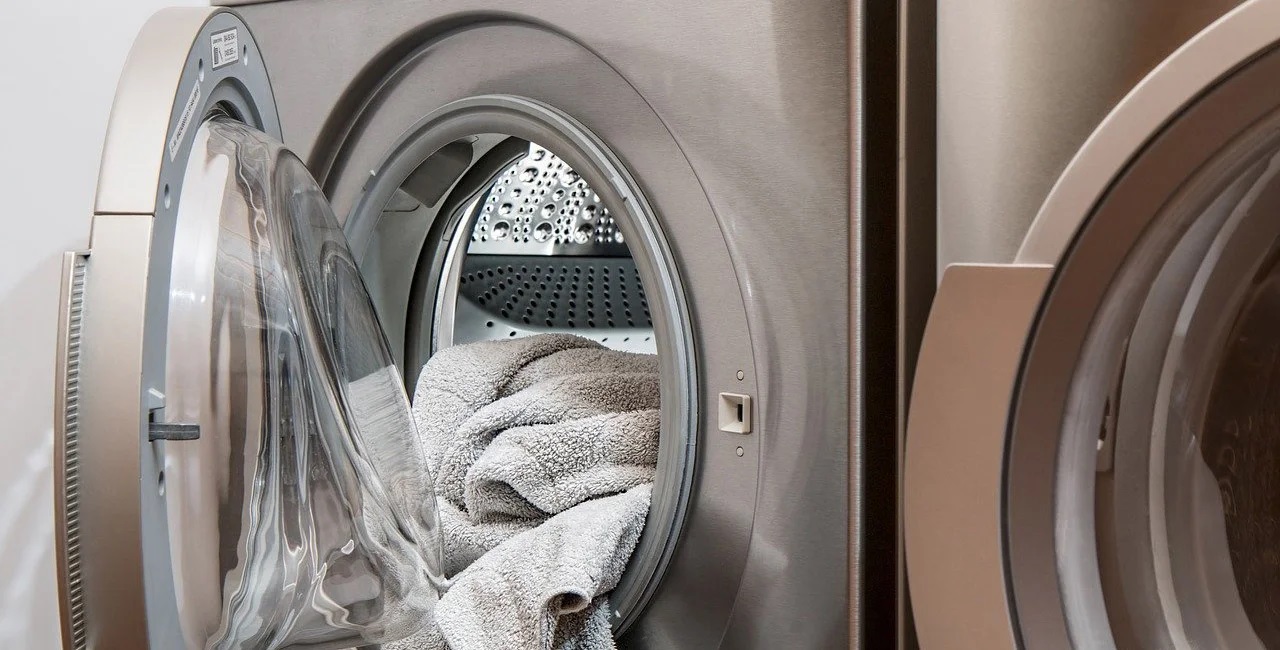
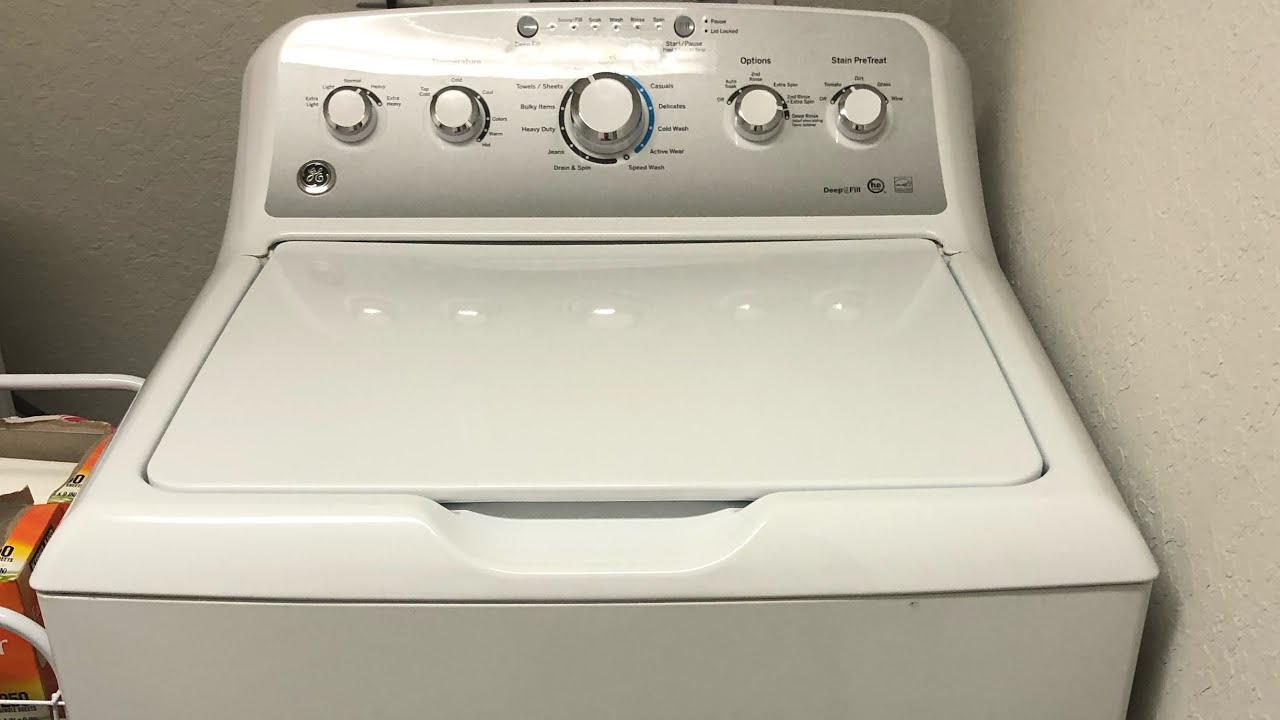
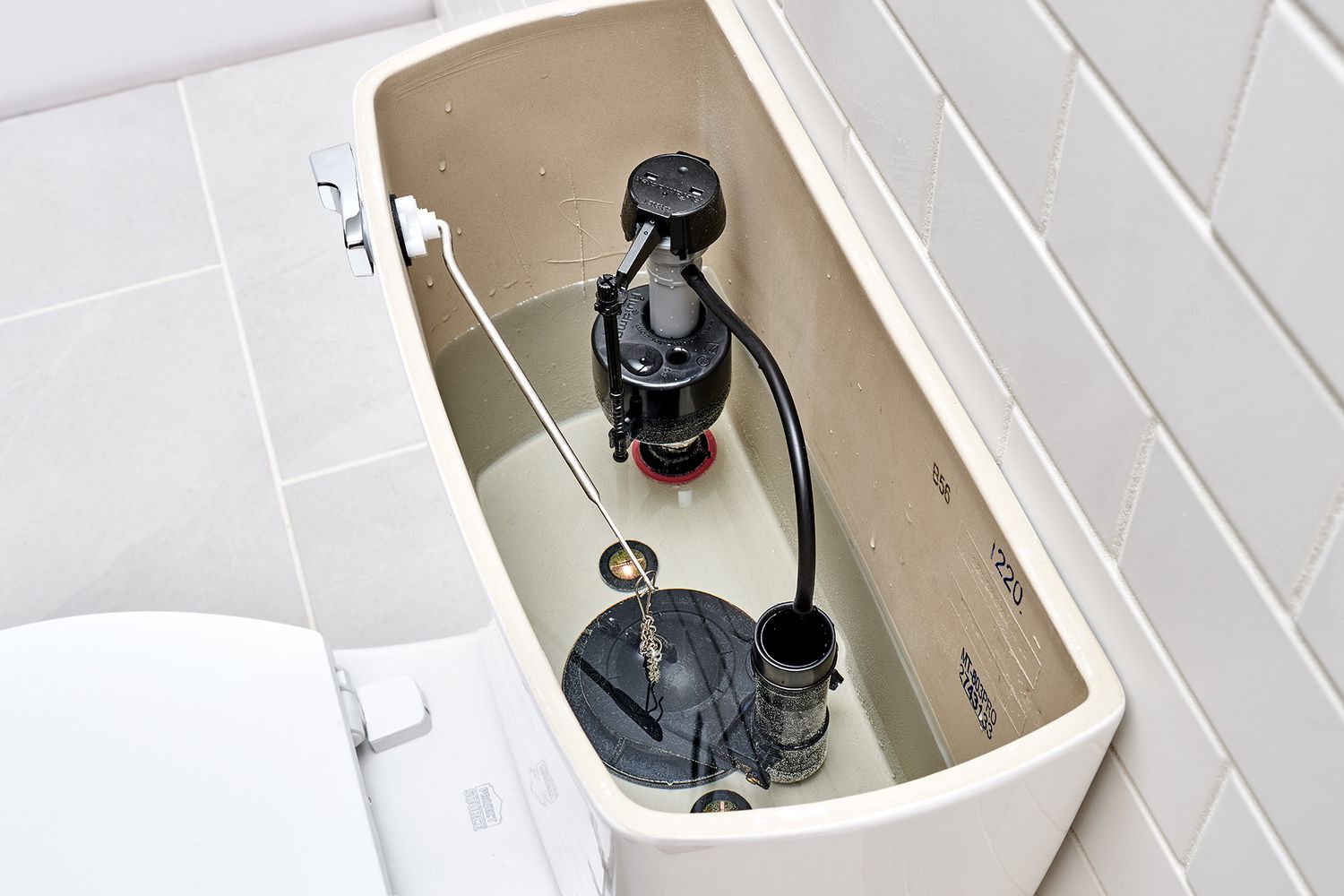
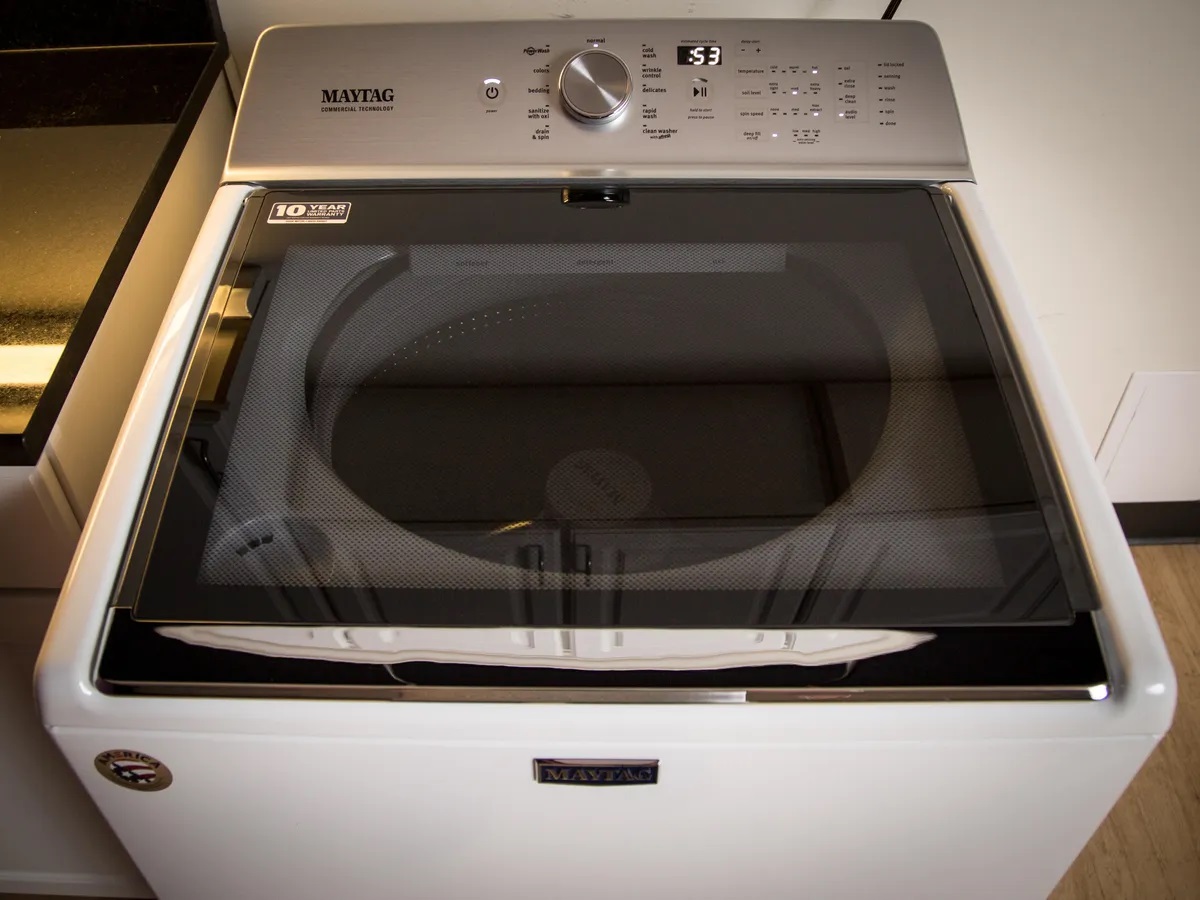
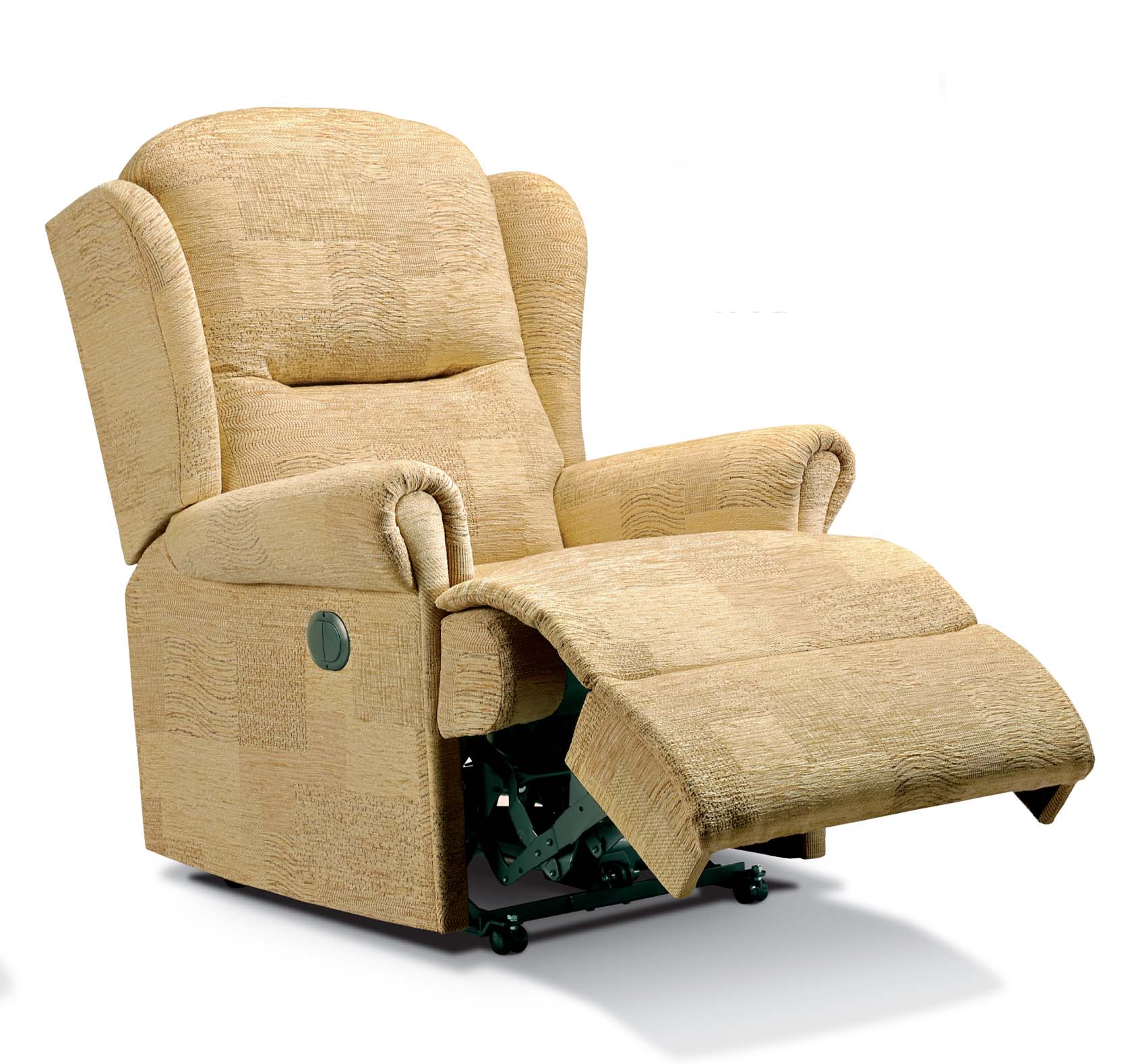
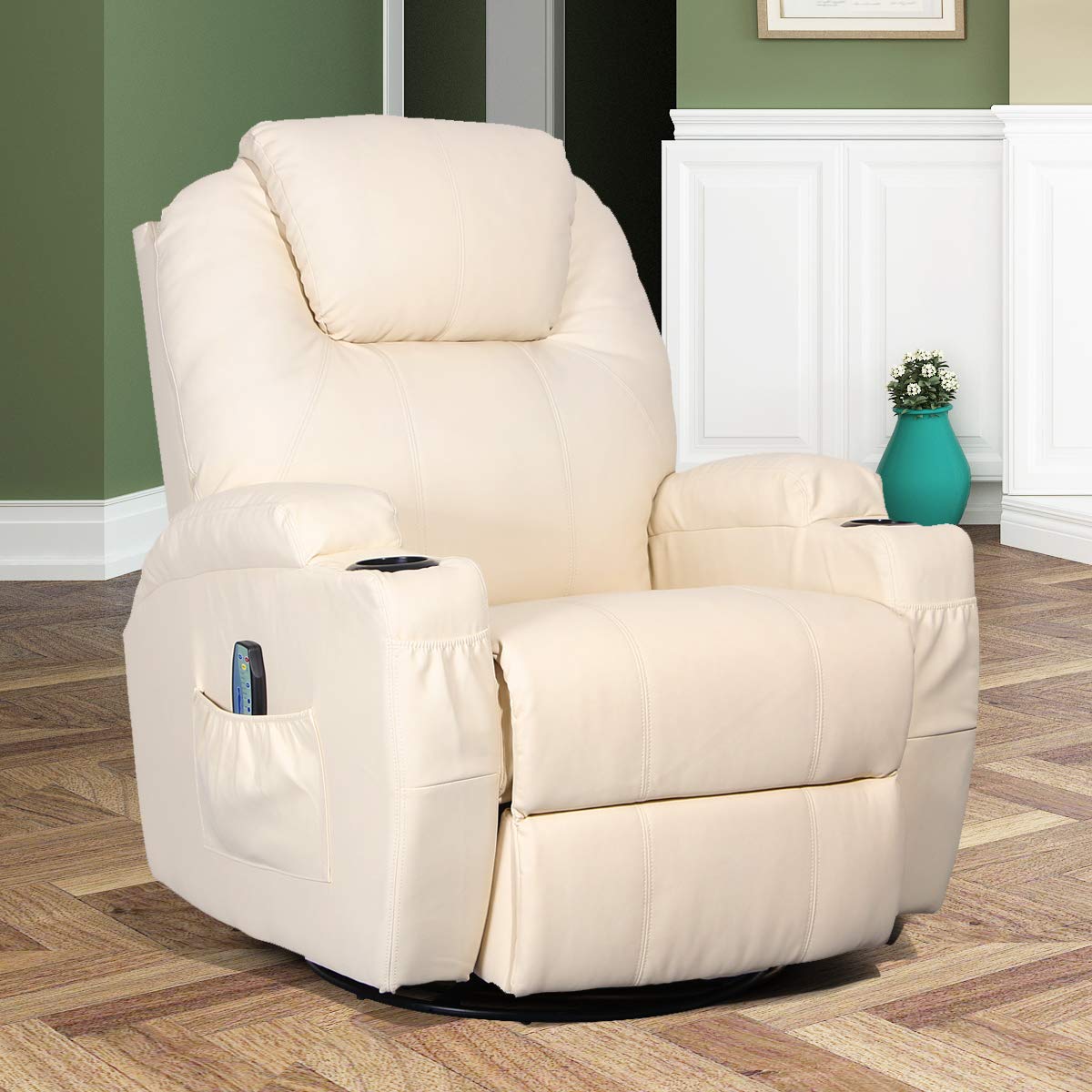
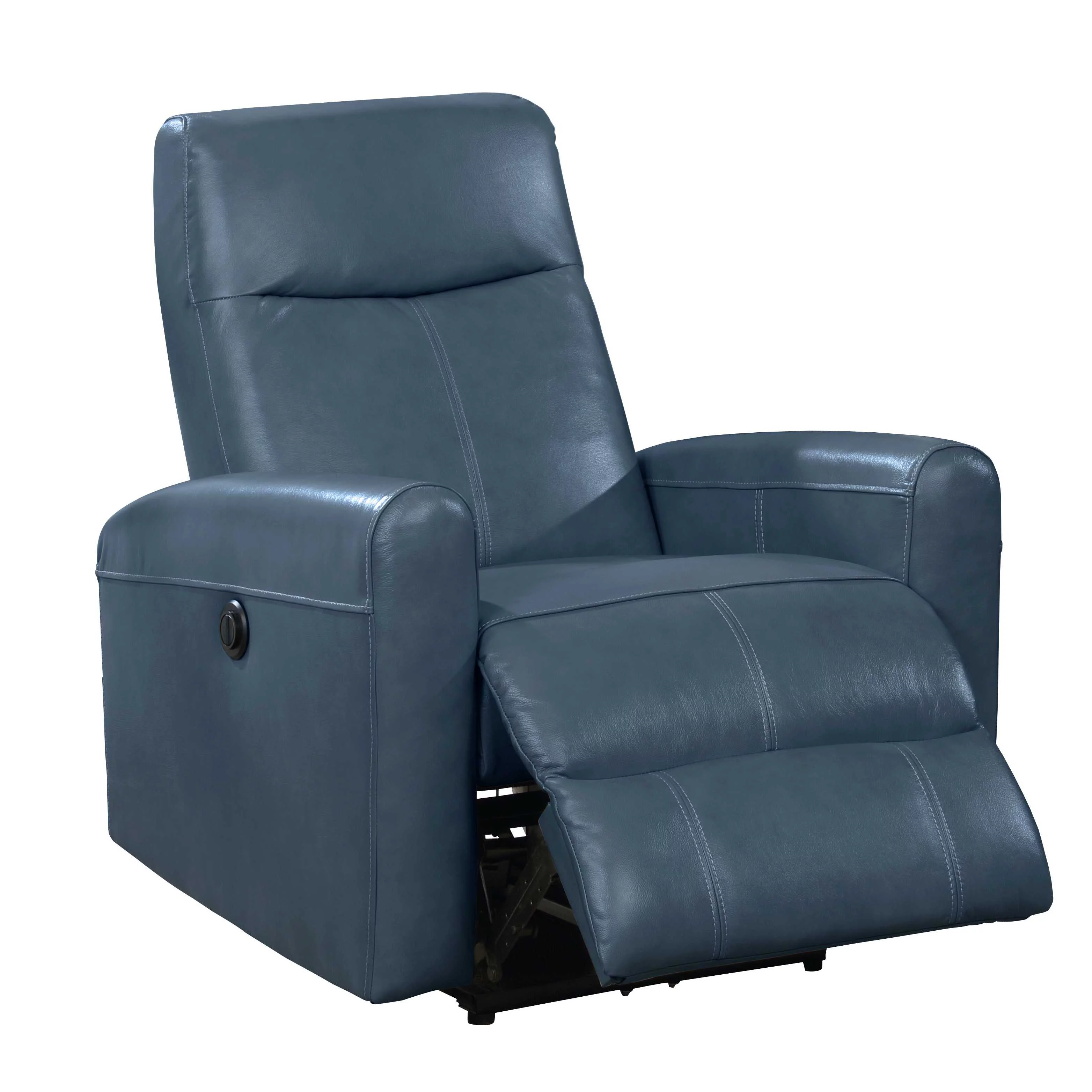
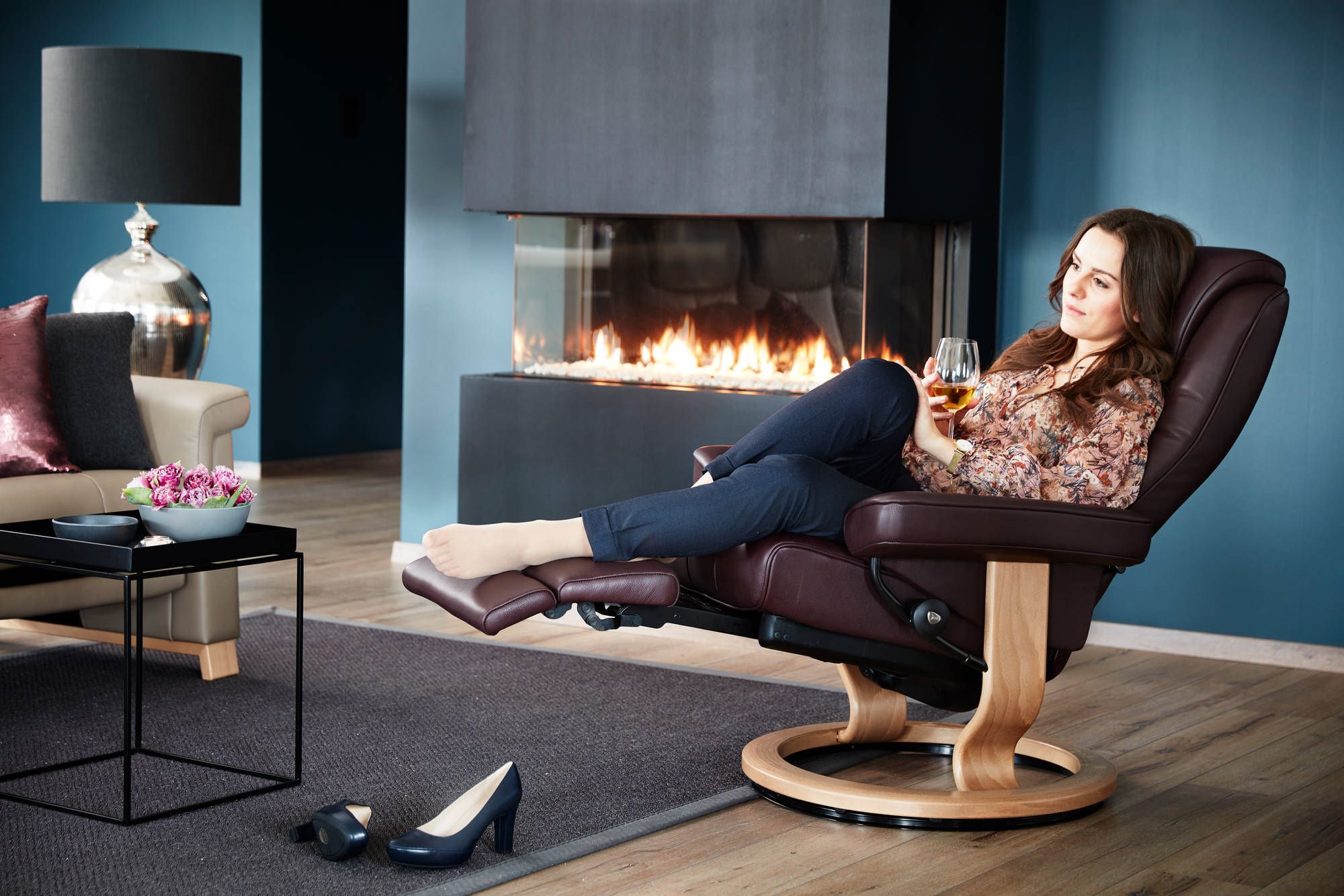
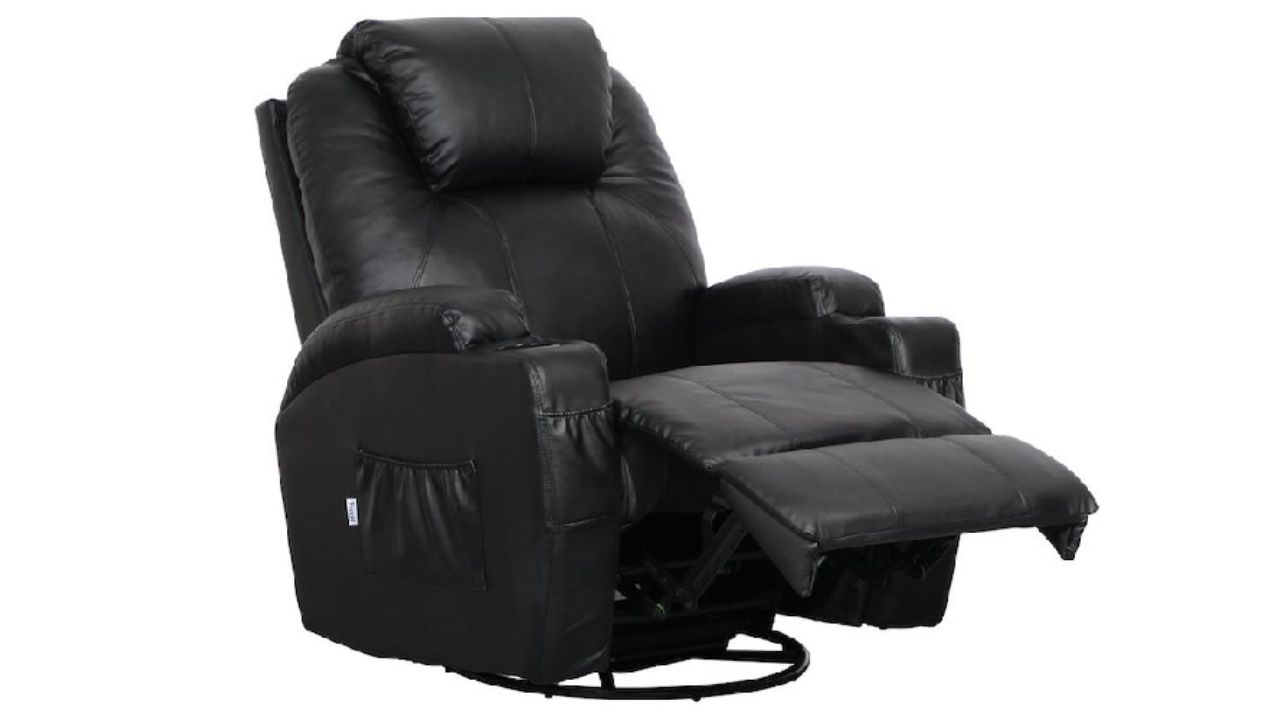
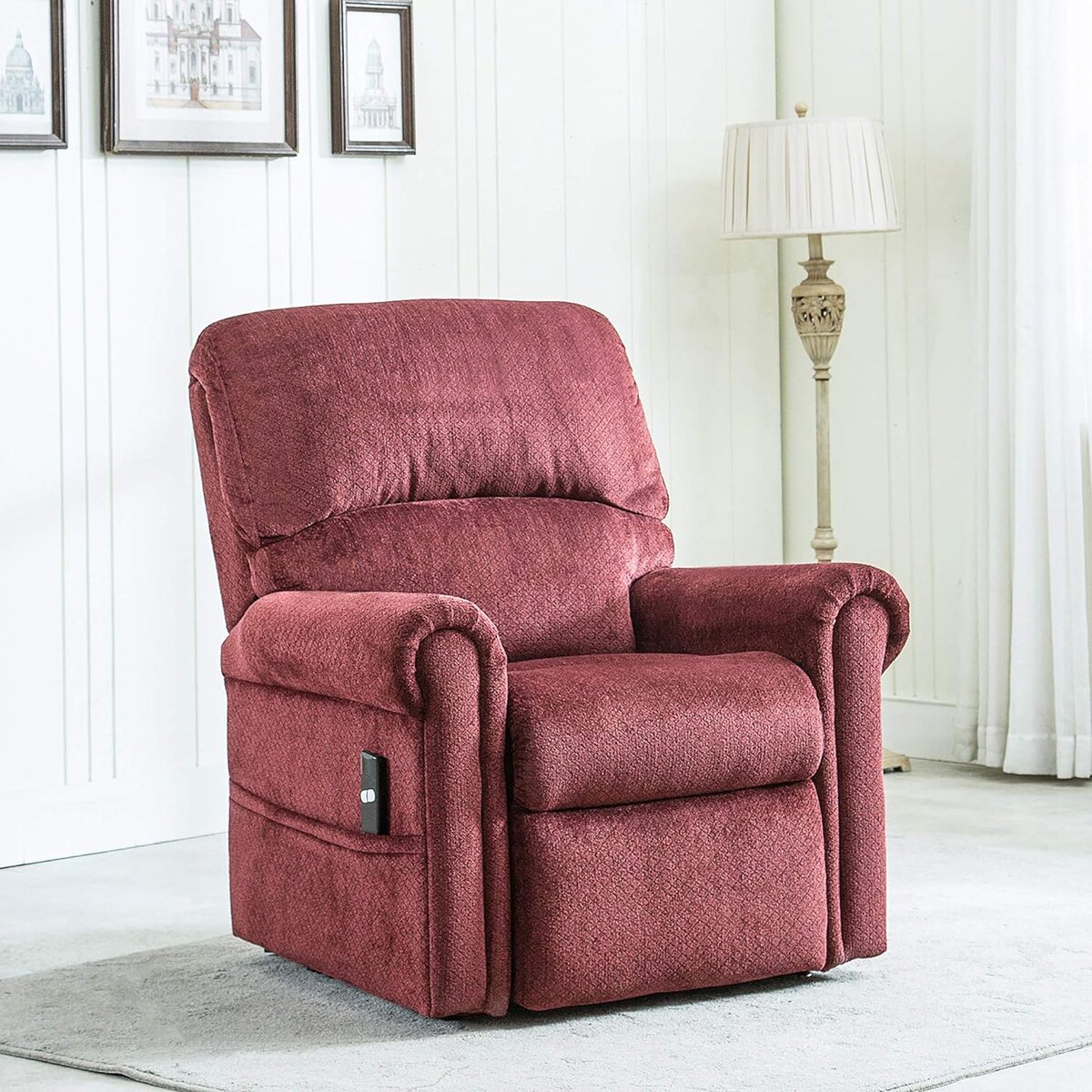
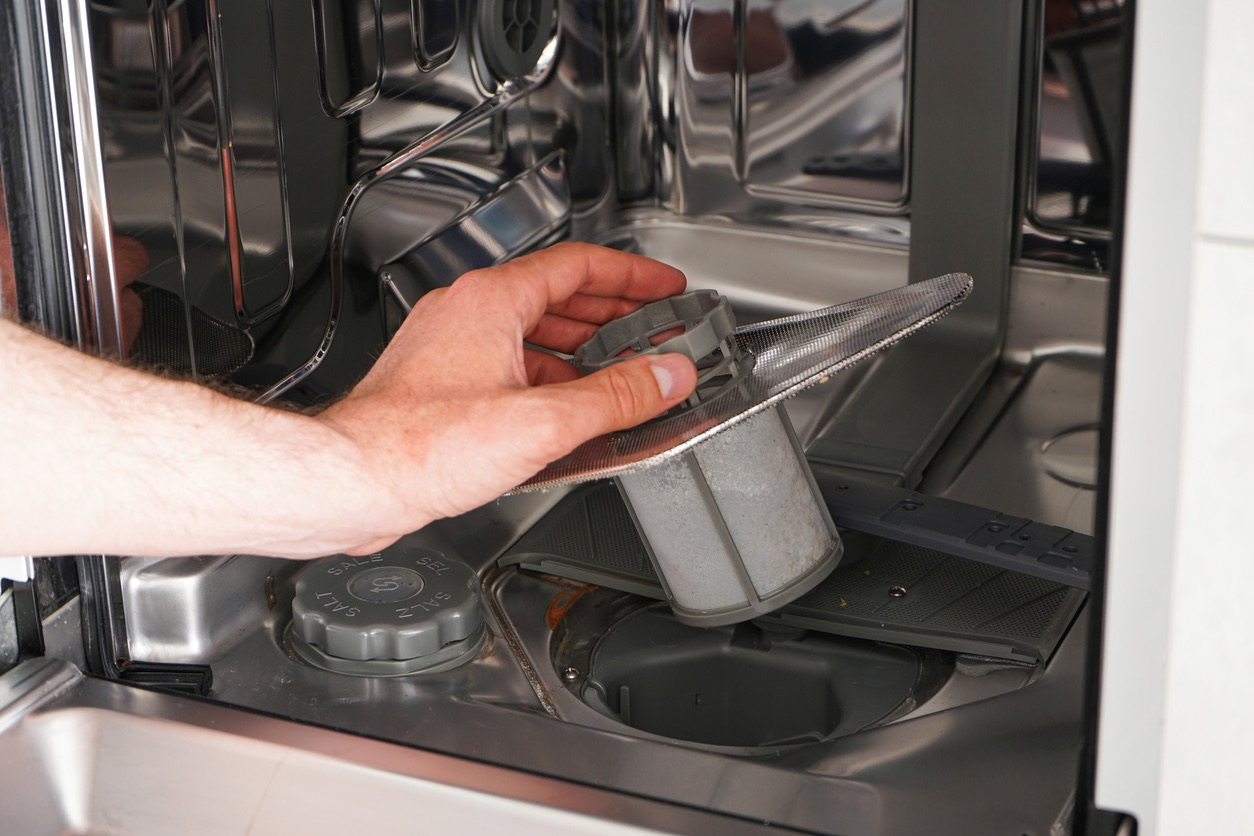
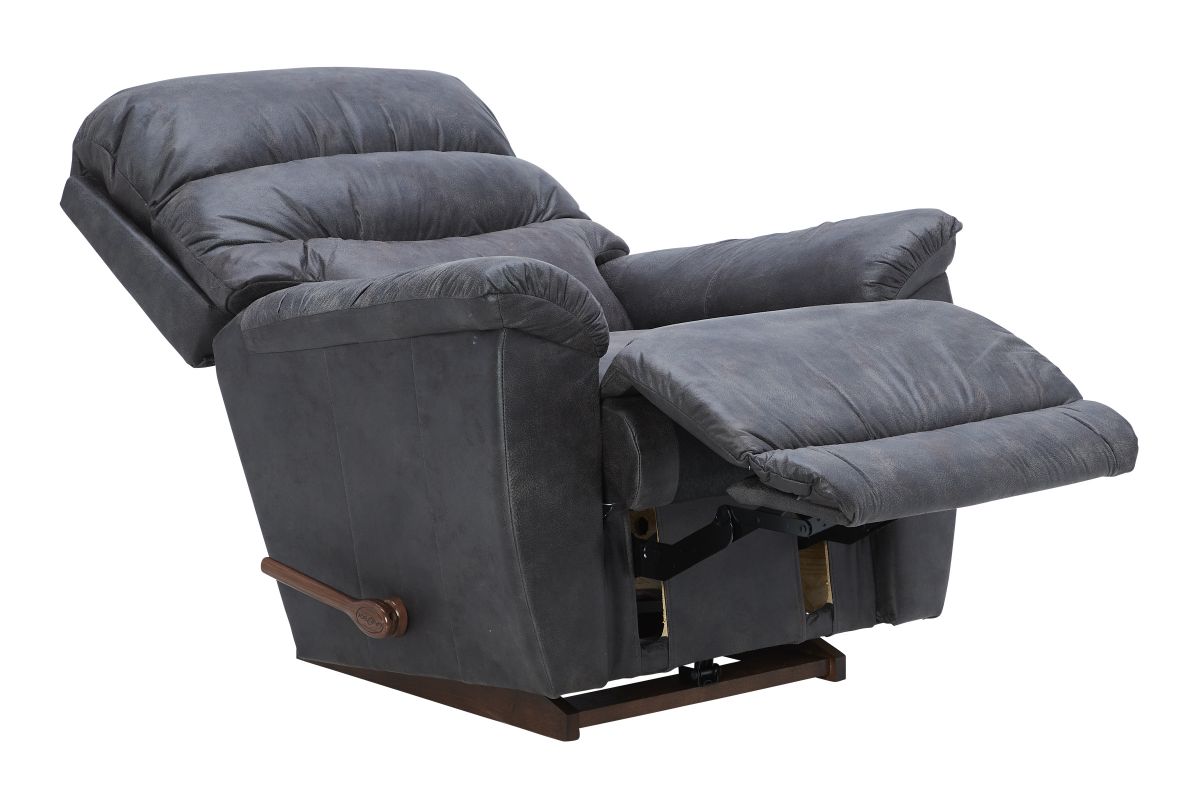

0 thoughts on “Why Won’t My Recliner Close”